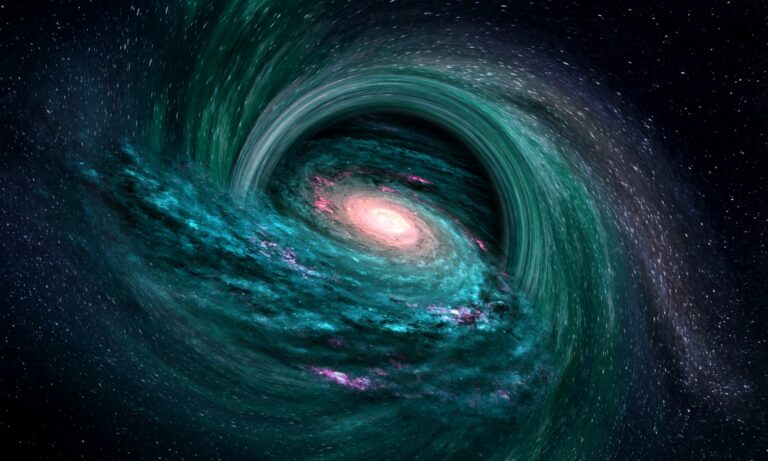 New research creates a deployable AI framework for detecting gravitational waves within massive amounts of data at several magnitudes faster than real time.
New research creates a deployable AI framework for detecting gravitational waves within massive amounts of data at several magnitudes faster than real time. 
Scientists searching the universe for gravitational waves just got a boost thanks to a new study and AI.
The research, recently published in Nature Astronomy, creates a deployable AI framework for detecting gravitational waves within massive amounts of data—at several magnitudes faster than real time.
Created by a group of scientists from Argonne National Laboratory, the University of Chicago, the University of Illinois at Urbana-Champaign, NVIDIA, and IBM, the work highlights how AI and supercomputing can accelerate reproducible, data-driven discoveries.
“As a computer scientist, what’s exciting to me about this project is that it shows how, with the right tools, AI methods can be integrated naturally into the workflows of scientists. Allowing them to do their work faster and better. Augmenting, not replacing, human intelligence,” study senior author Ian Foster, director of Argonne’s Data Science and Learning division said in a press release.
In 2015, the advanced Laser Interferometer Gravitational-Wave Observatory (LIGO) first detected gravitational waves when two black holes, 1.3 billion light-years away, collided and merged.
These waves occur when massive objects quickly accelerate (such as a star exploding or massive objects colliding) creating a ripple through space time.
The notable discovery confirmed part of Einstein’s theory of relativity, hypothesizing that space and time are linked. It also marked the start of gravitational wave astronomy, which could result in a deeper understanding of the cosmos, including dark energy, gravity, and neutron stars.
It also holds potential for scientists to step back through time to the moments around the Big Bang.
Since 2015, many more gravitational wave sources have been detected from LIGO. As the observatory continues with sensor upgrades and refinements, the expanse of detectors within the universe will also grow, creating large amounts of data for processing. Quickly computing these data streams remains key to gravitational wave astronomy advancements and discoveries.
In 2018 Eliu Huerta, lead for Translational AI and Computational Ccience at Argonne, demonstrated the capability of machine learning to detect gravitational waves from multiple LIGO detector data streams.
In this study, the researchers further refined the model, which uses the cuDNN-accelerated deep learning framework distributed over 64 NVIDIA GPUs. They tested the model against LIGO data from 2017 and found it accurately identified four binary black hole mergers—without any misclassifications. It also processed a month’s worth of data in under 7 minutes.
“In this study, we’ve used the combined power of AI and supercomputing to help solve timely and relevant big-data experiments. We are now making AI studies fully reproducible, not merely ascertaining whether AI may provide a novel solution to grand challenges,” Huerta said.
The team’s models are open-source and readily available.
Read the full article in Nature Astronomy >>
Read more >>
